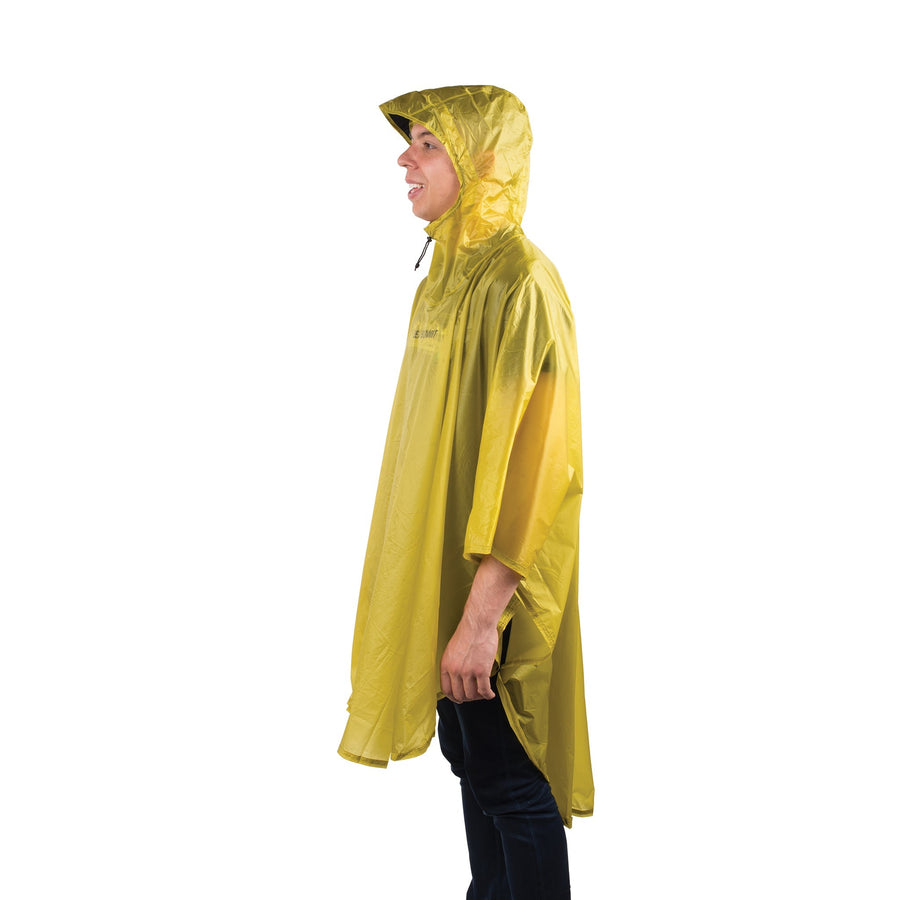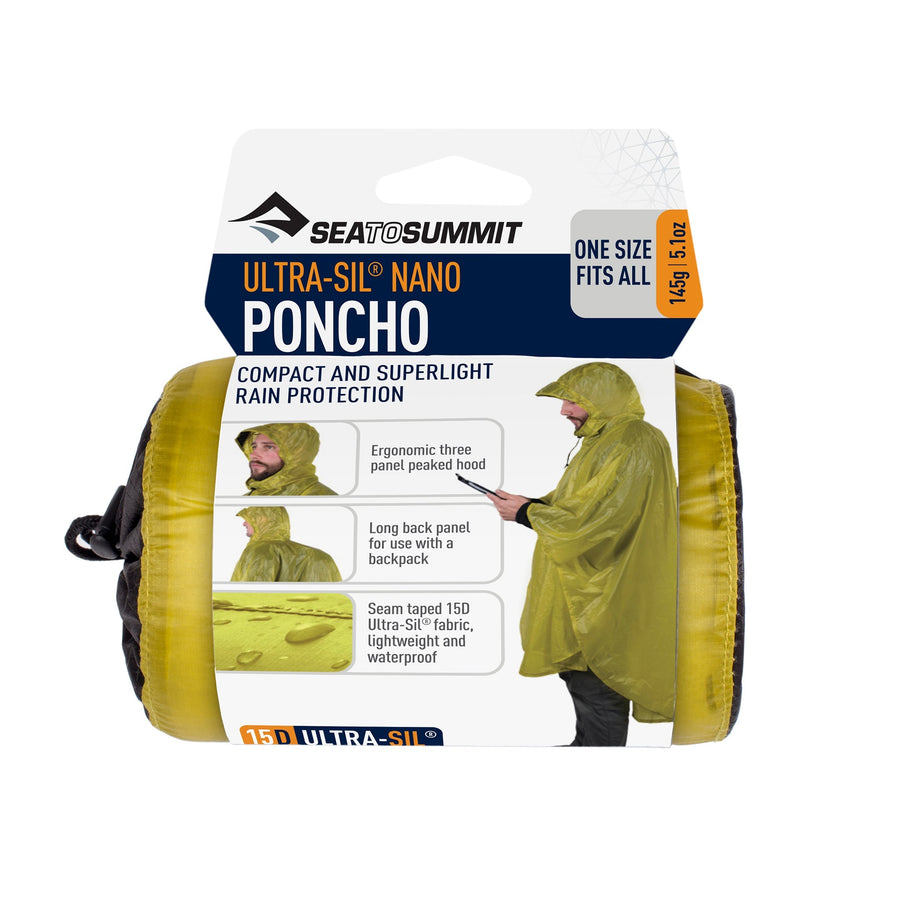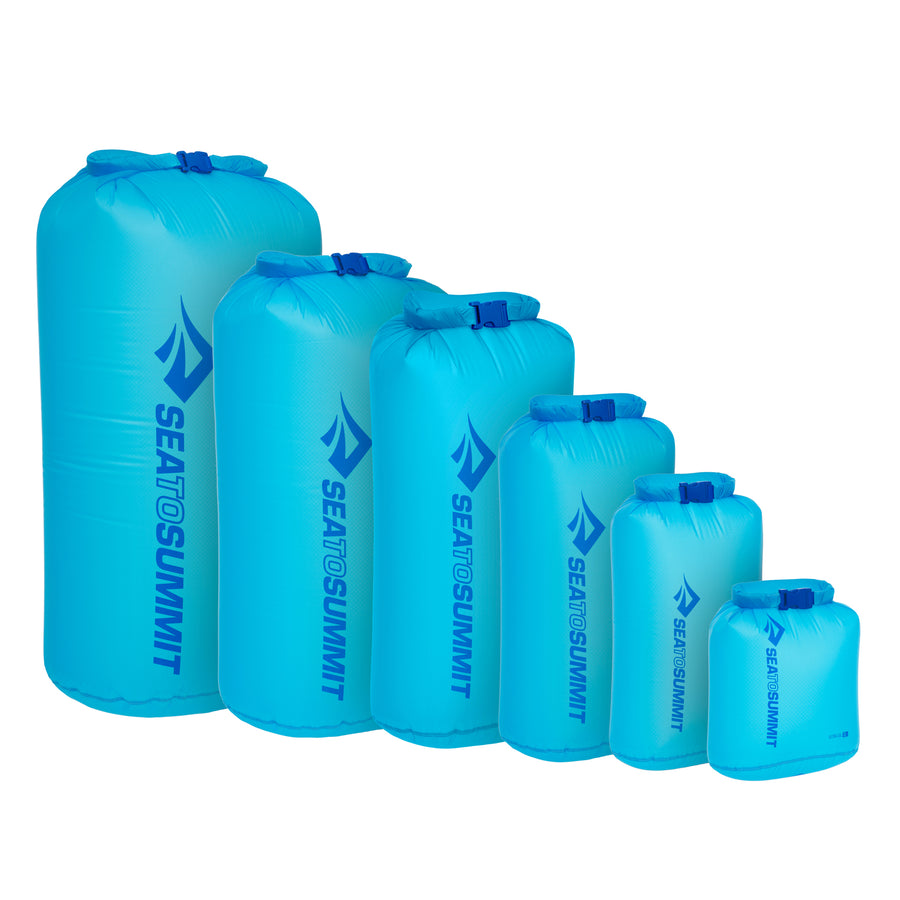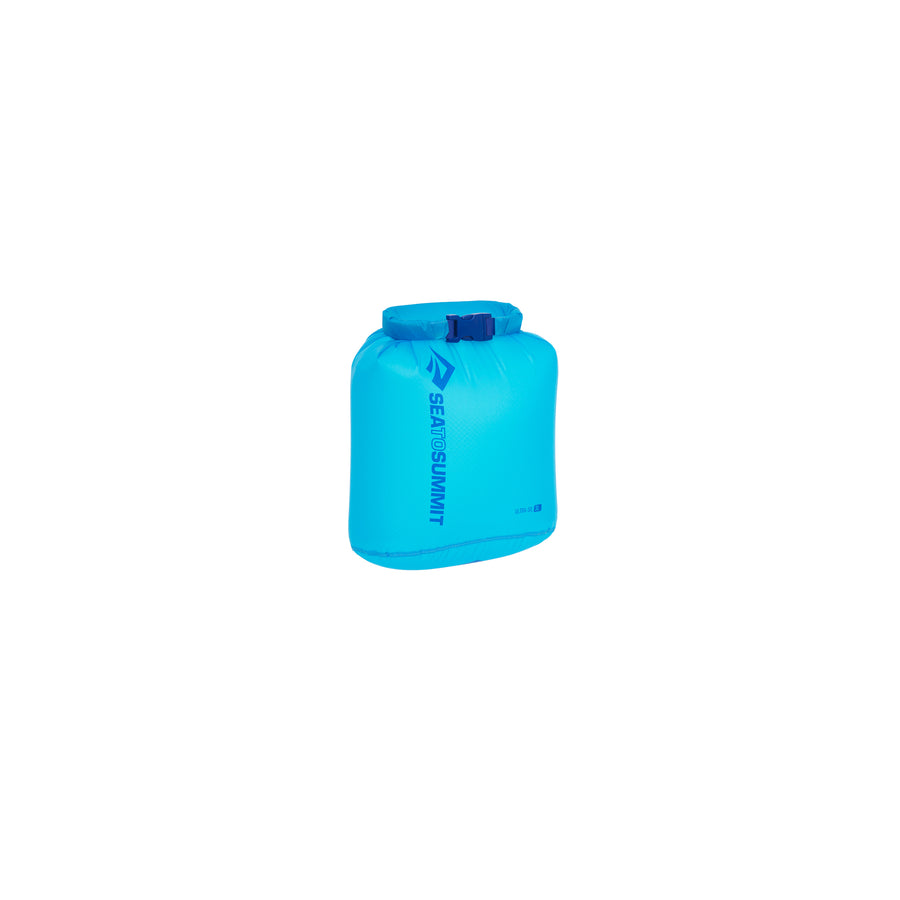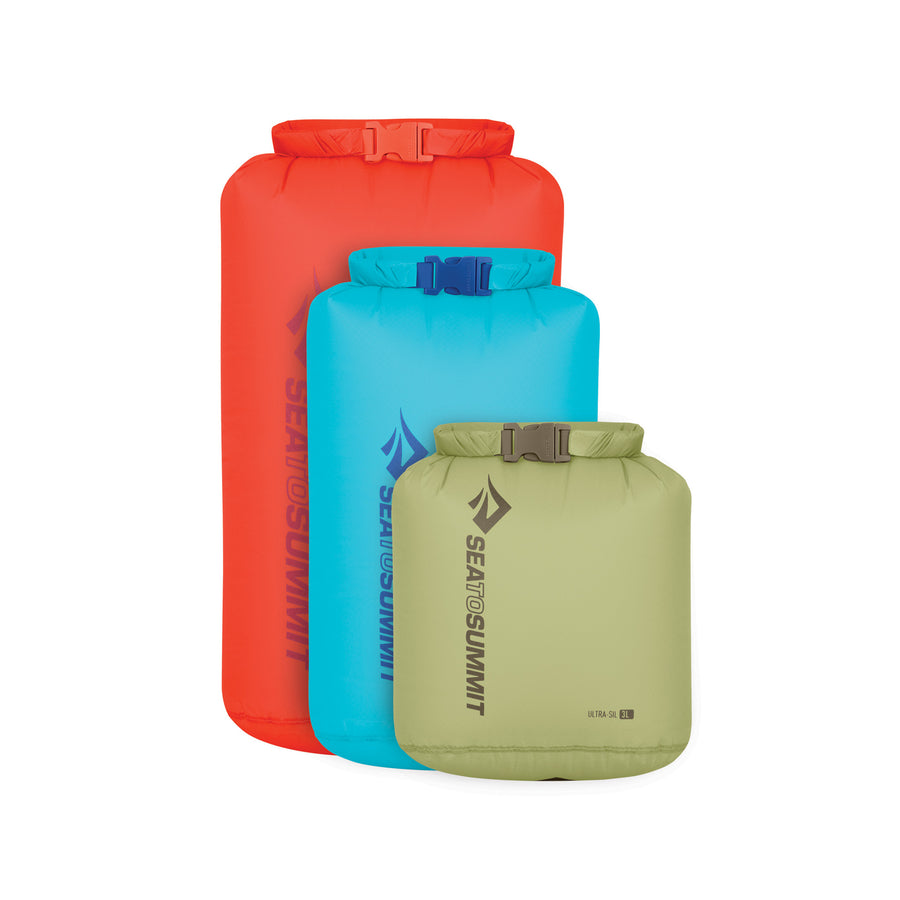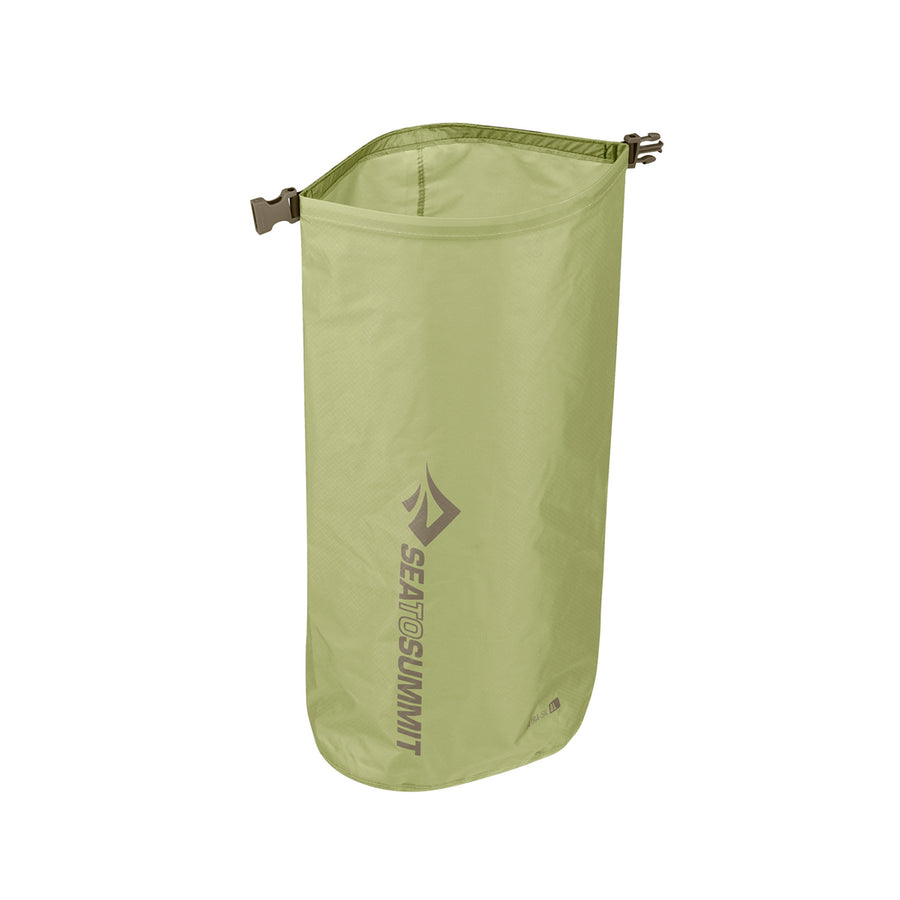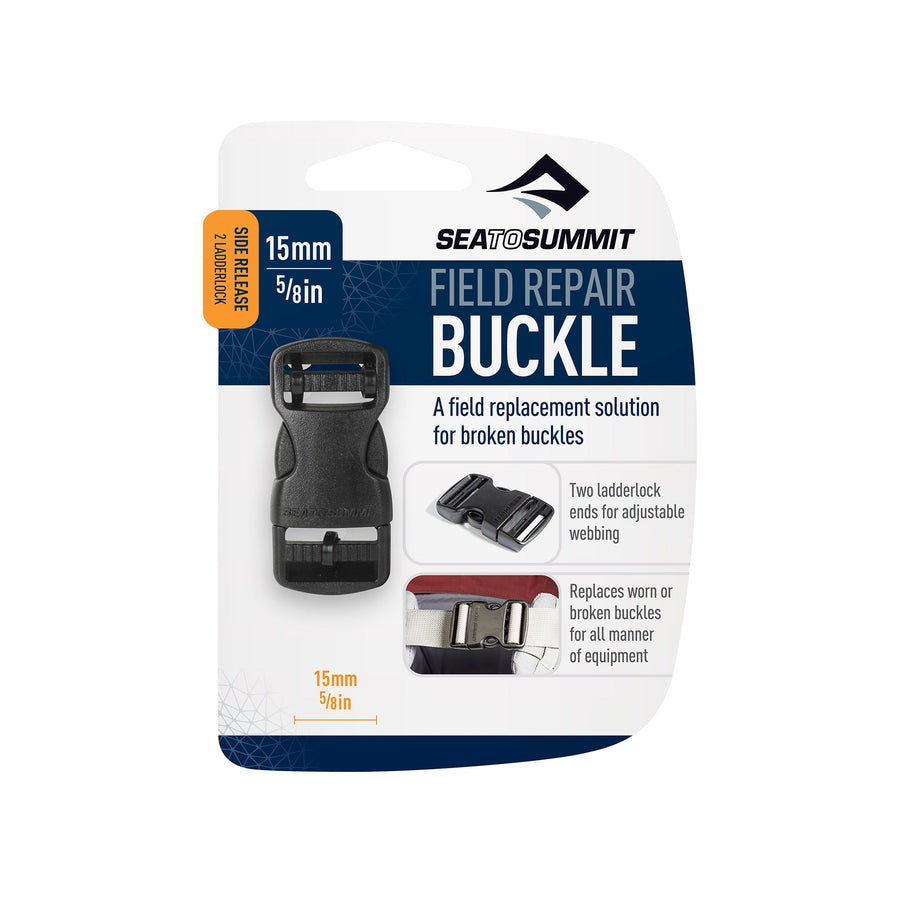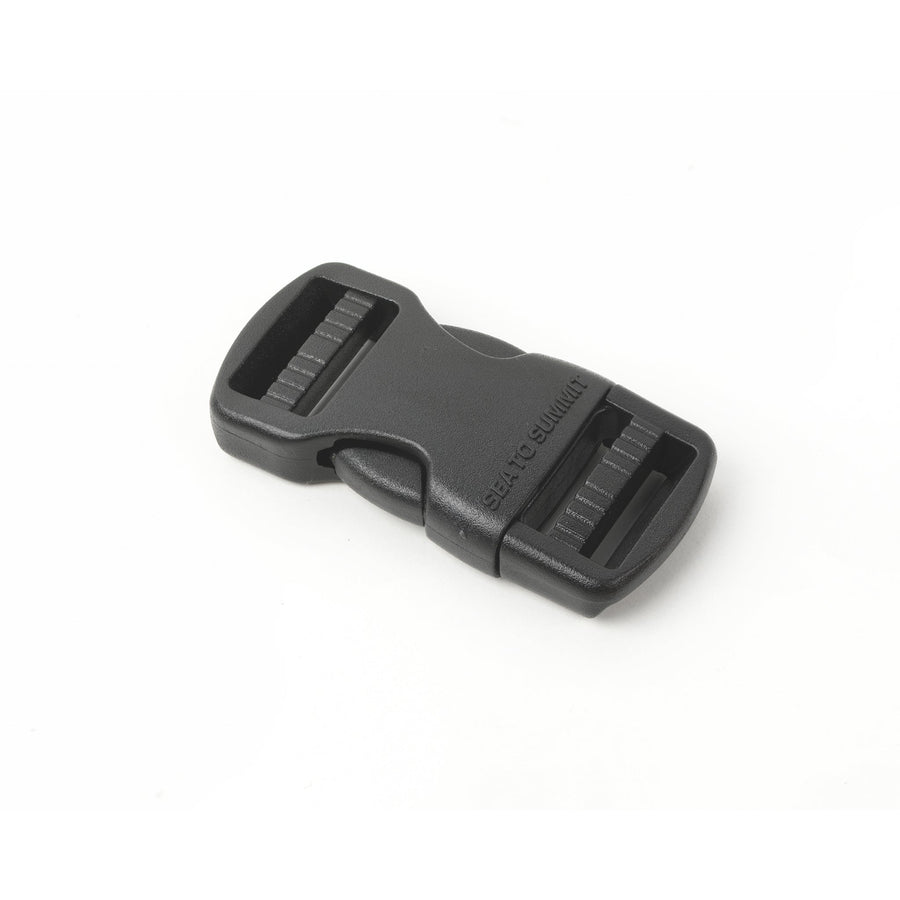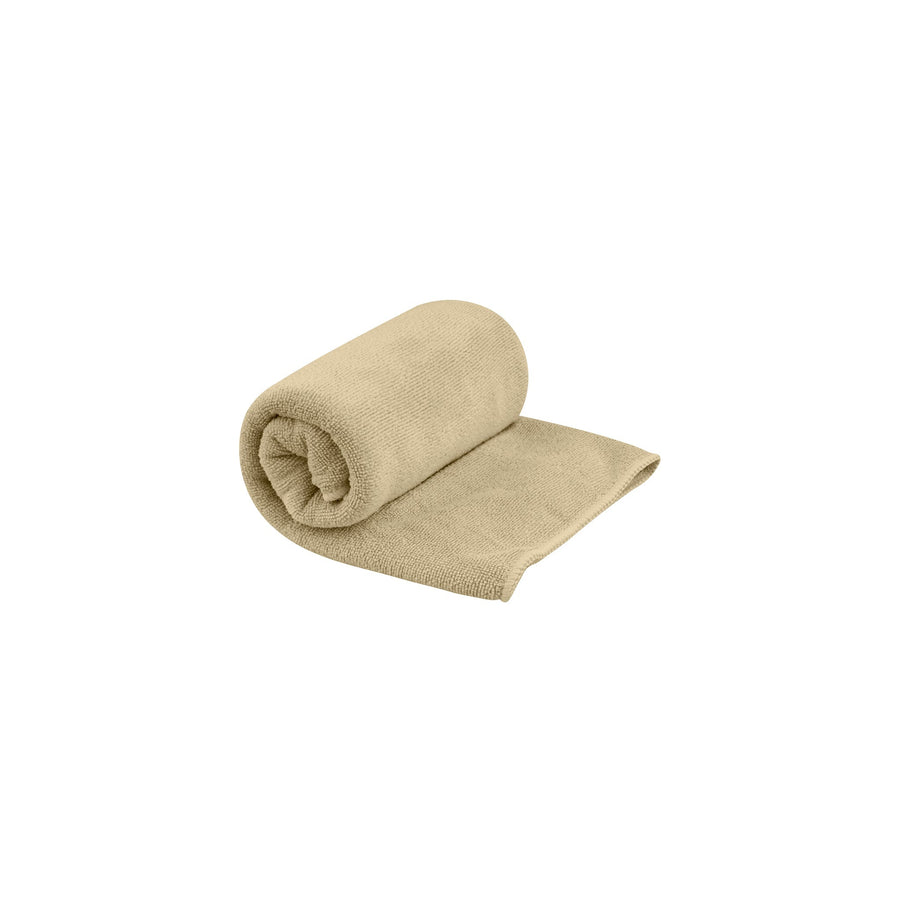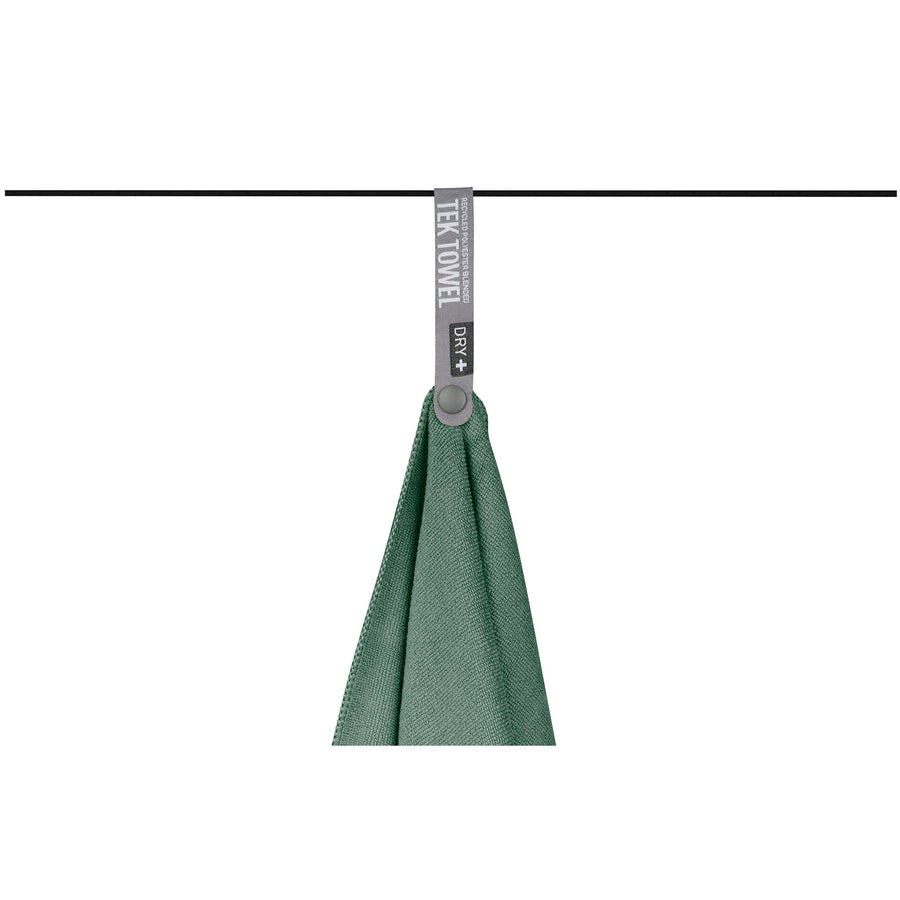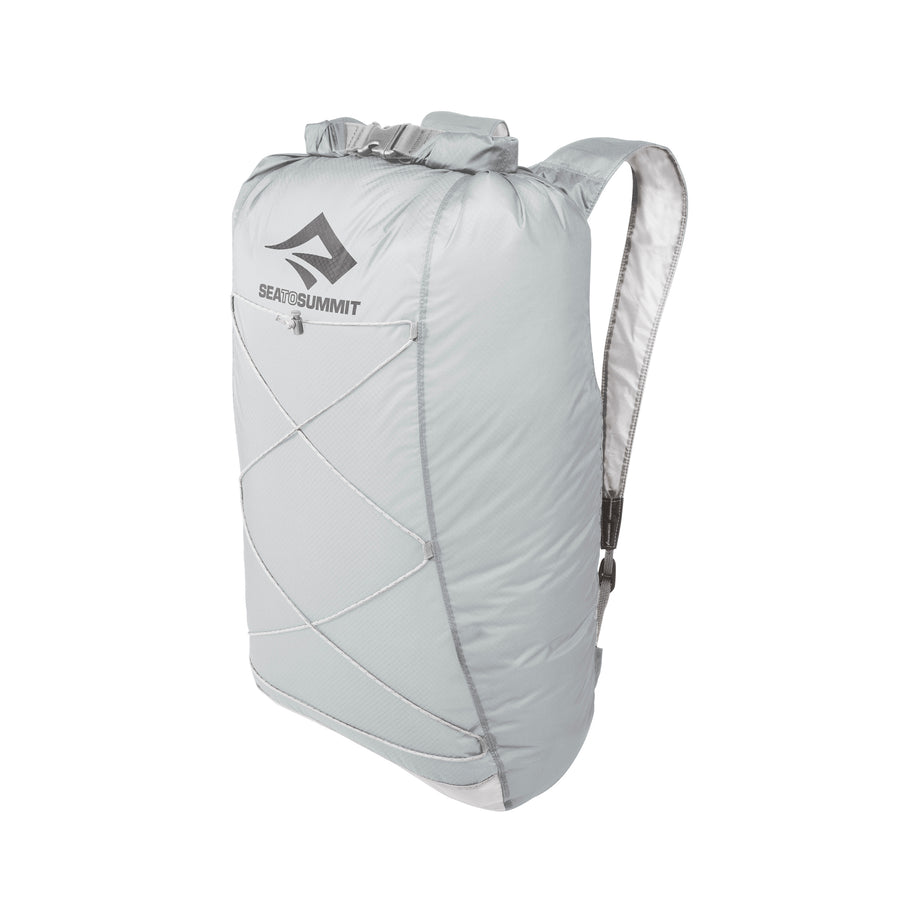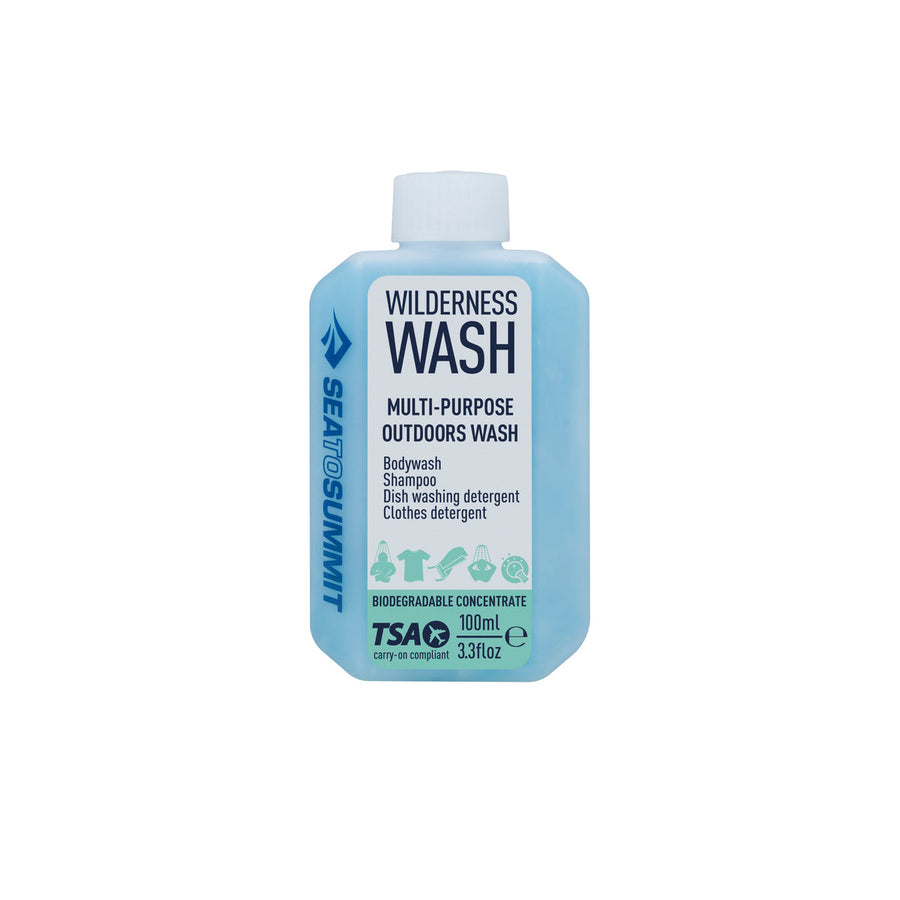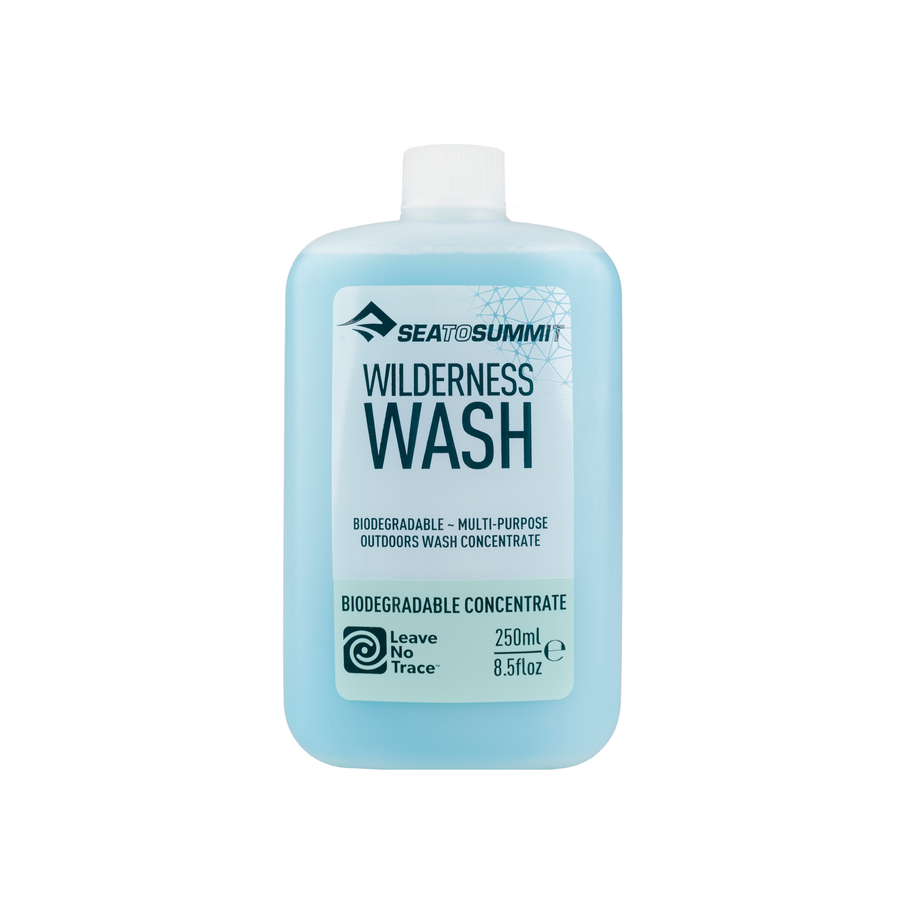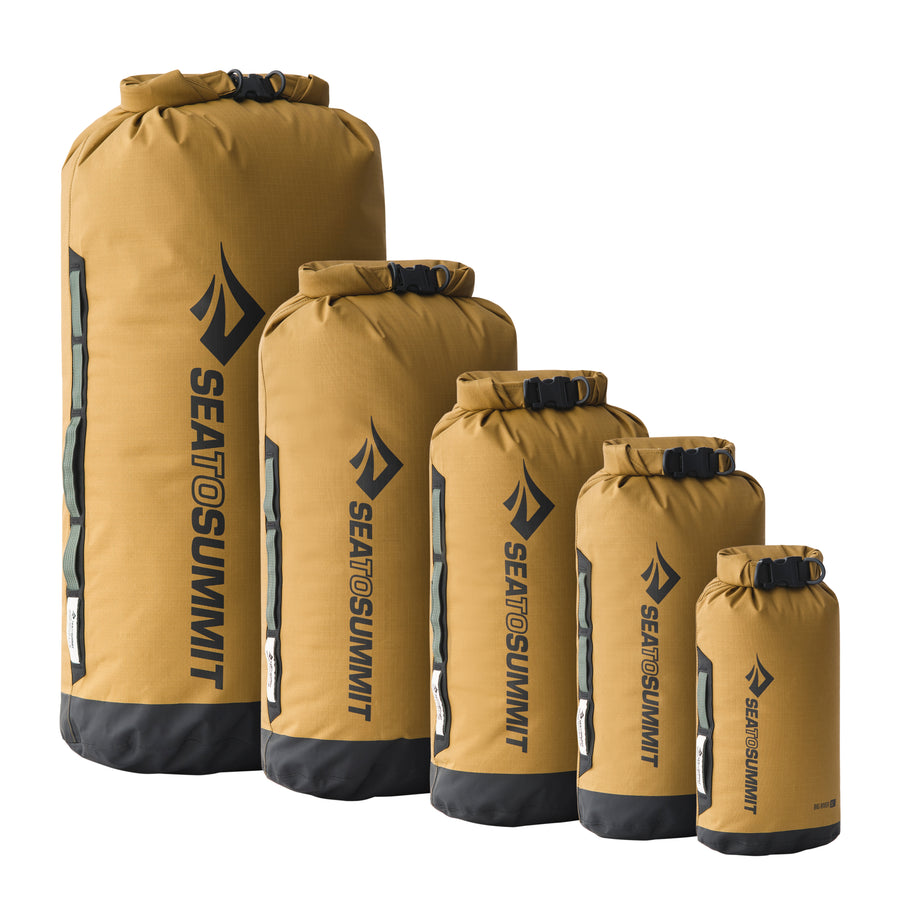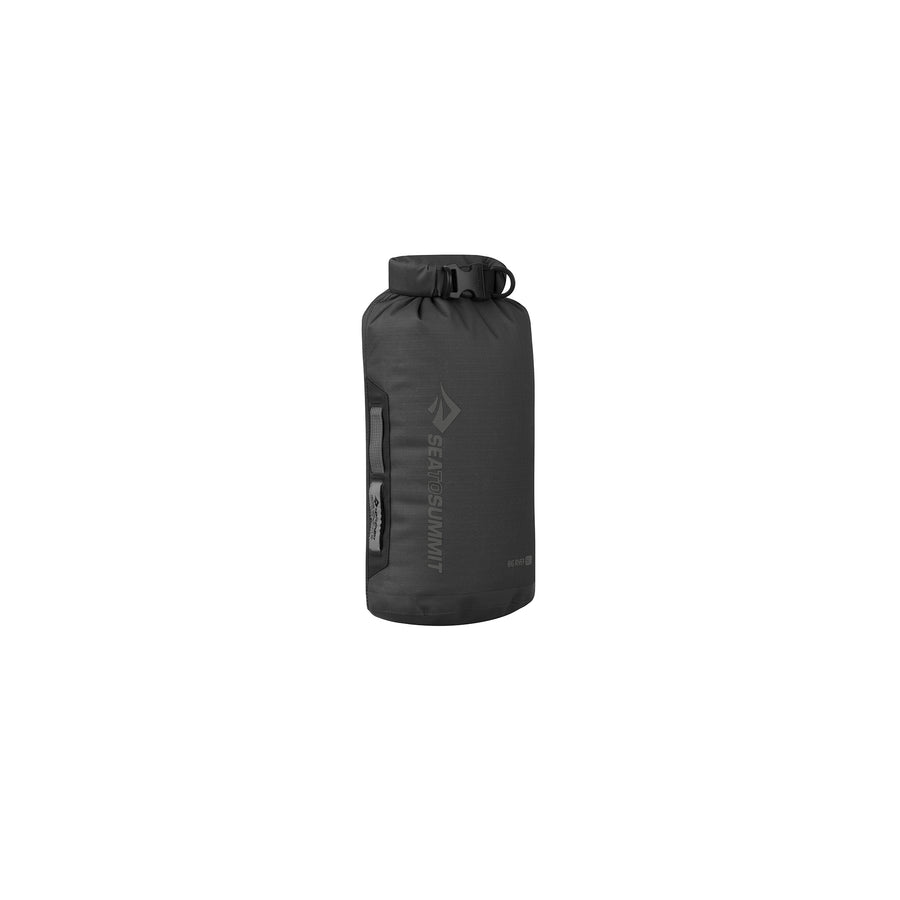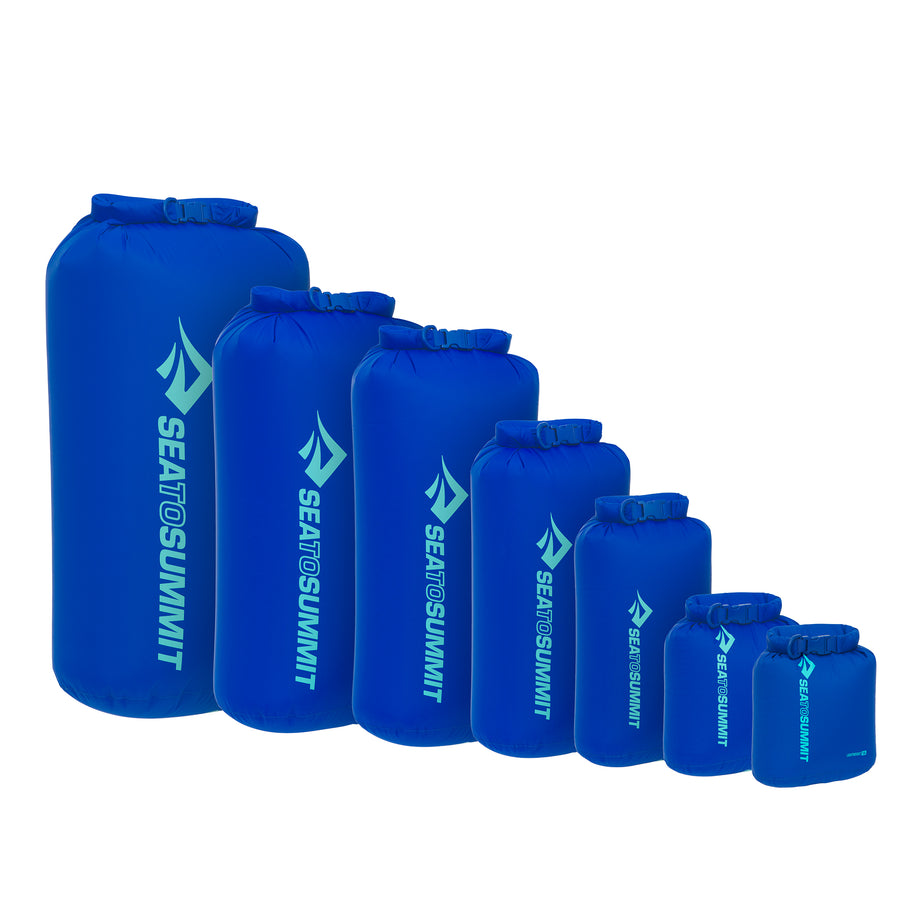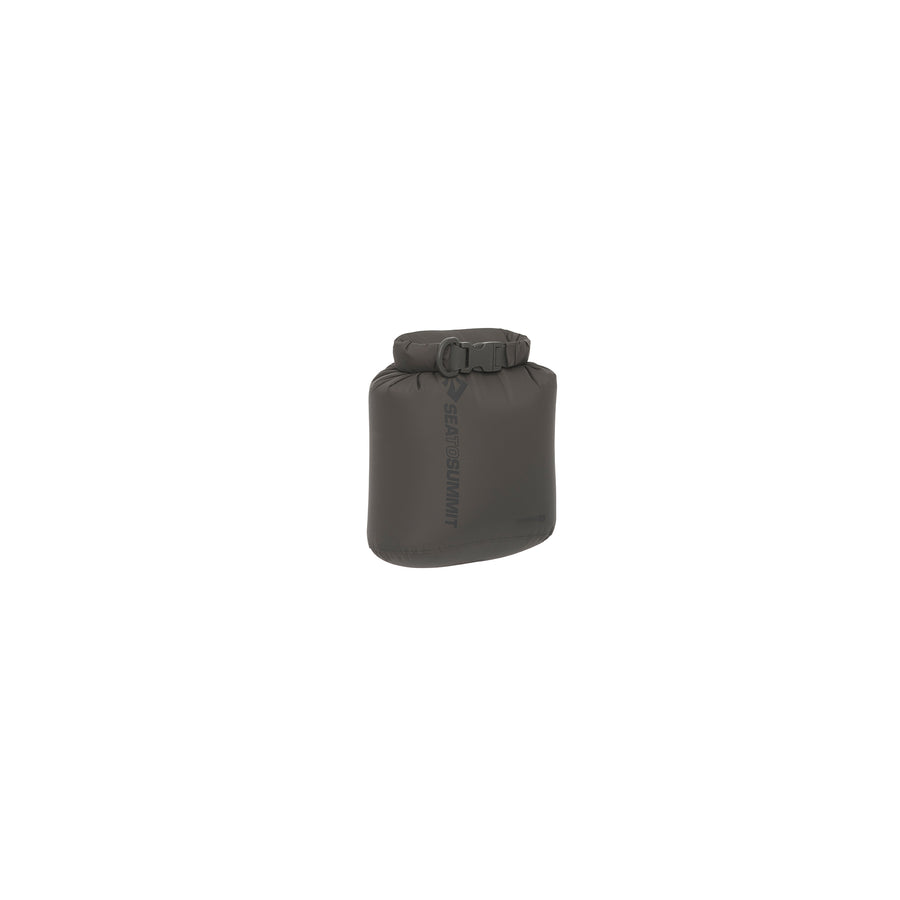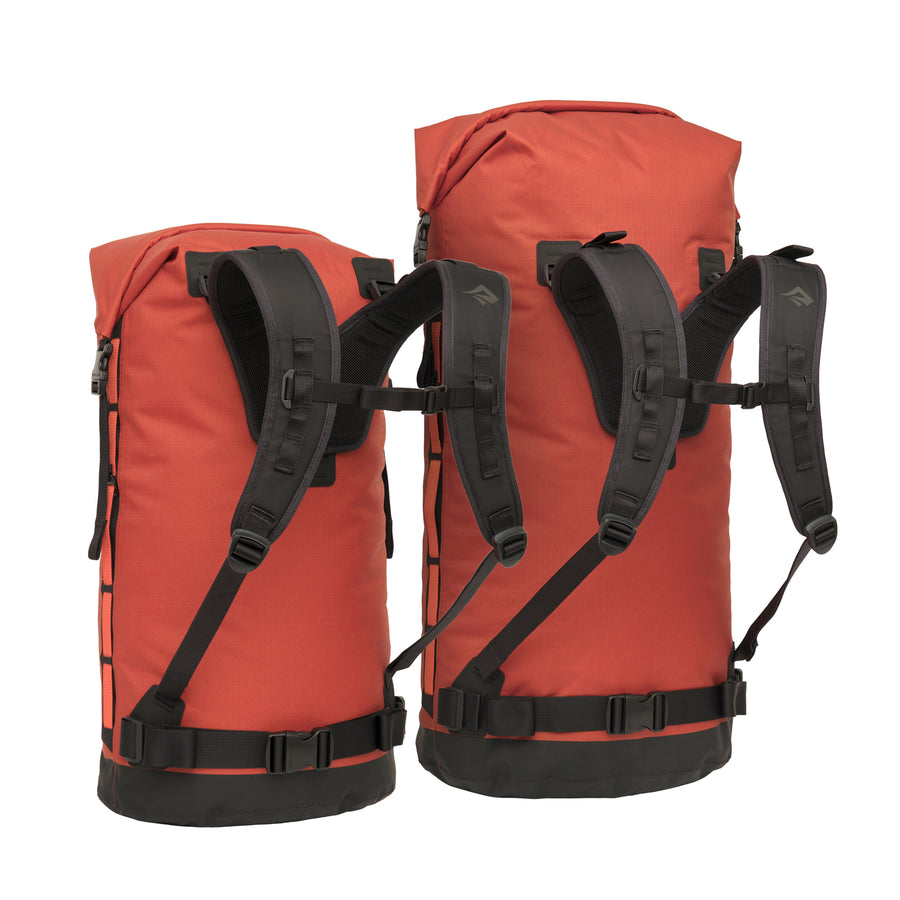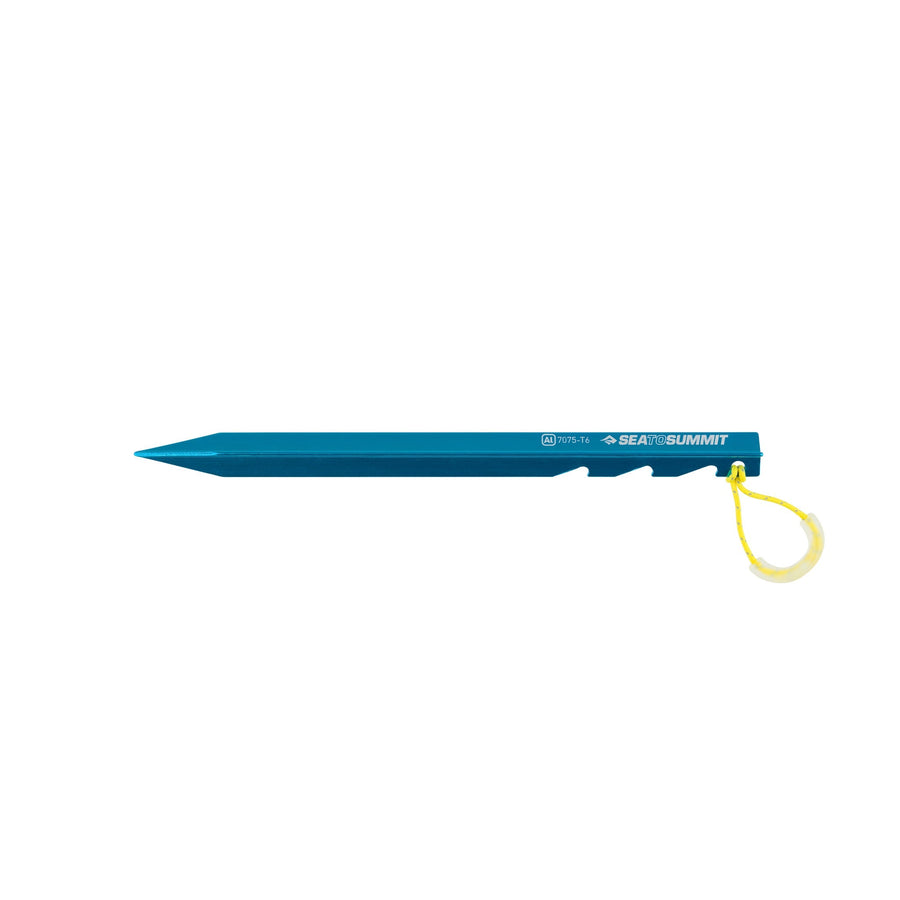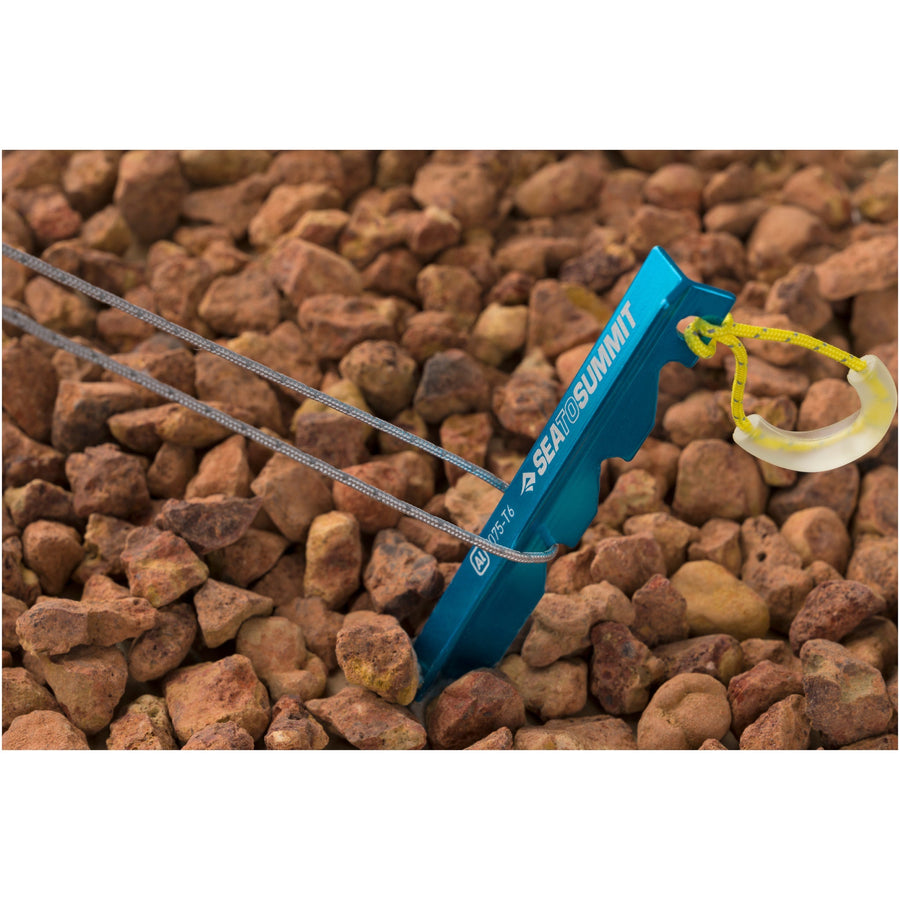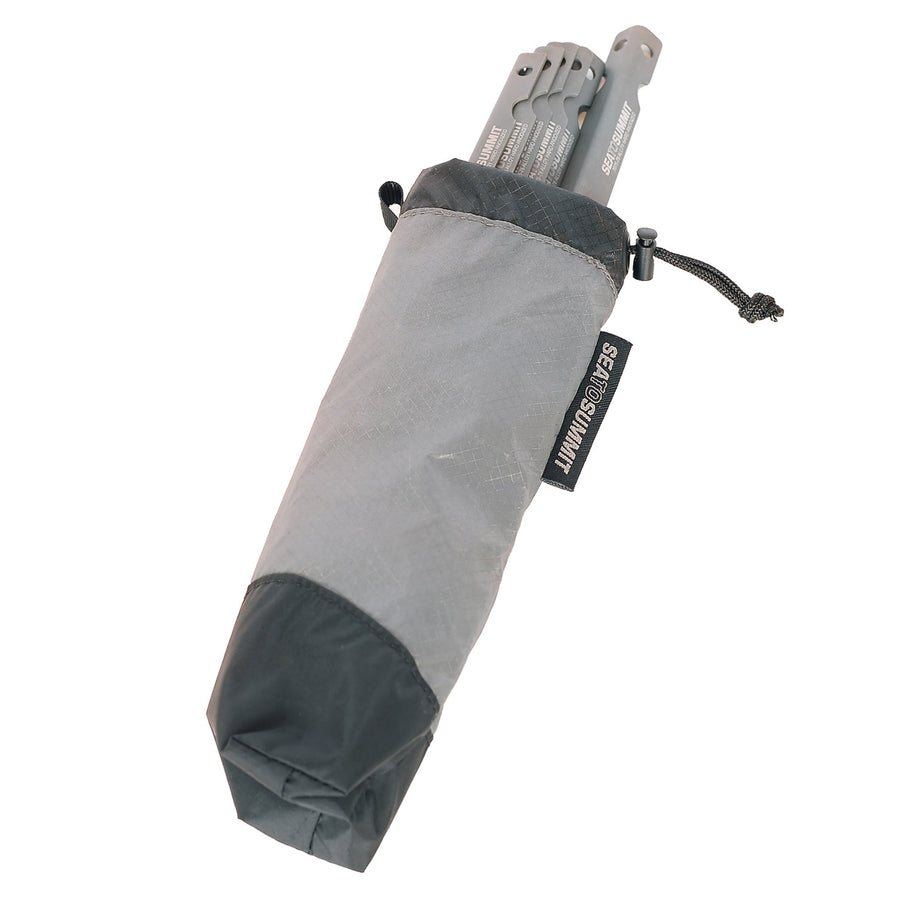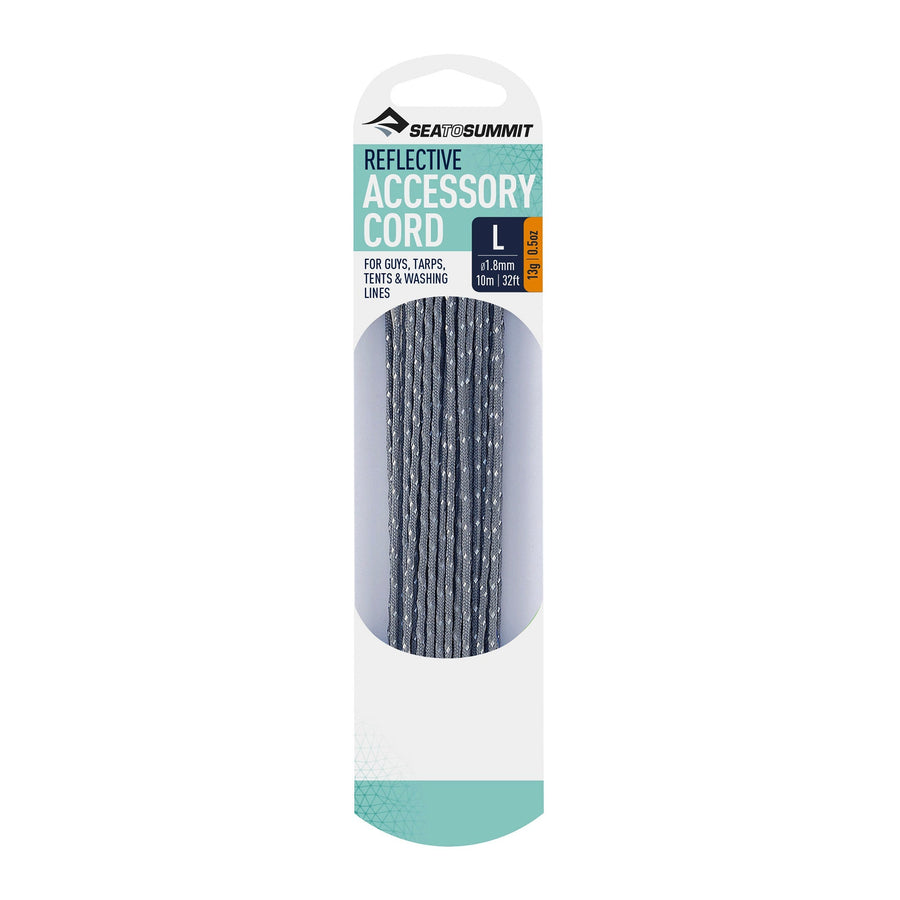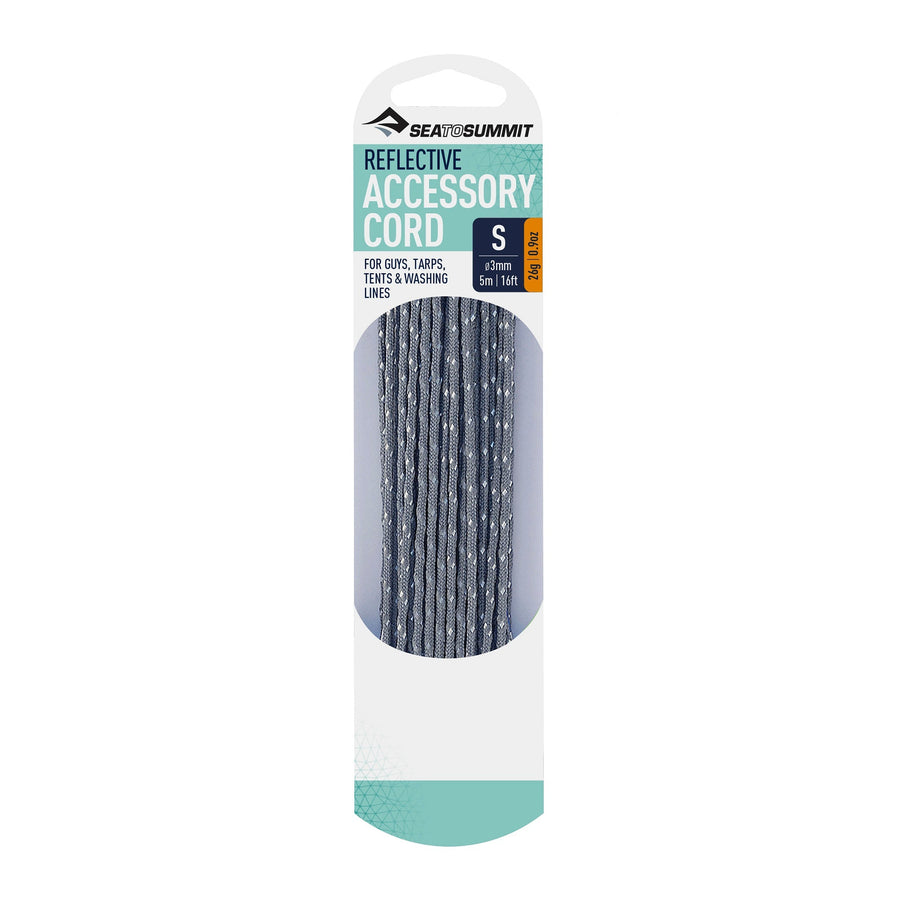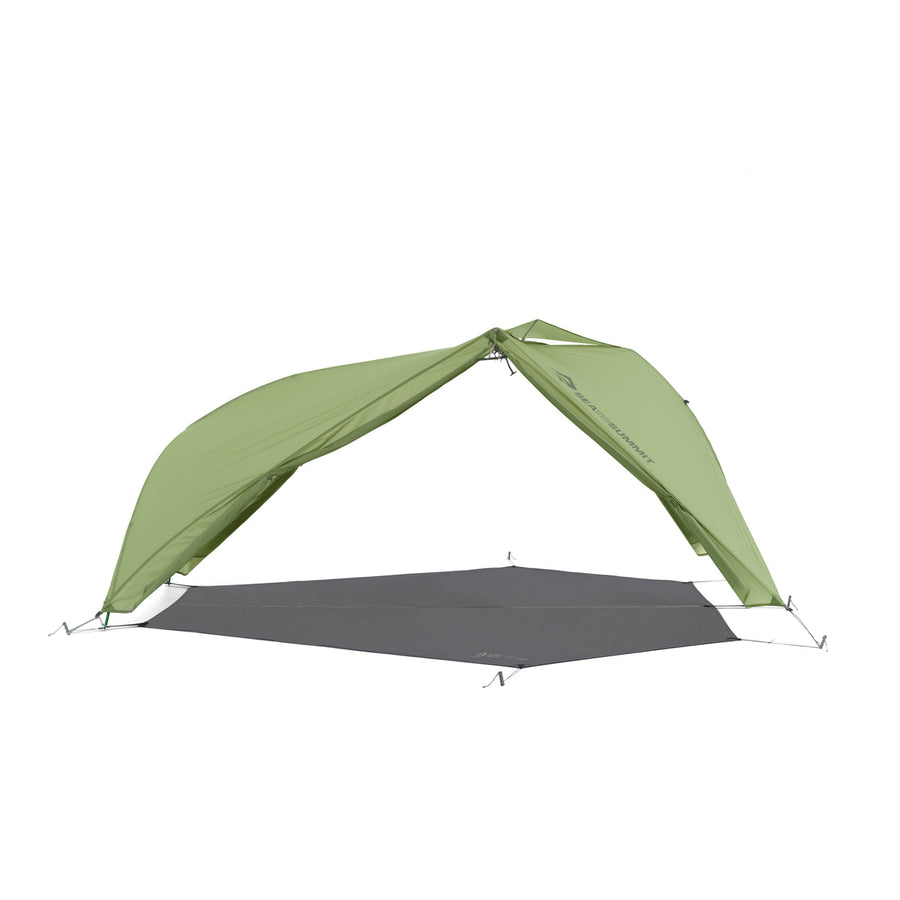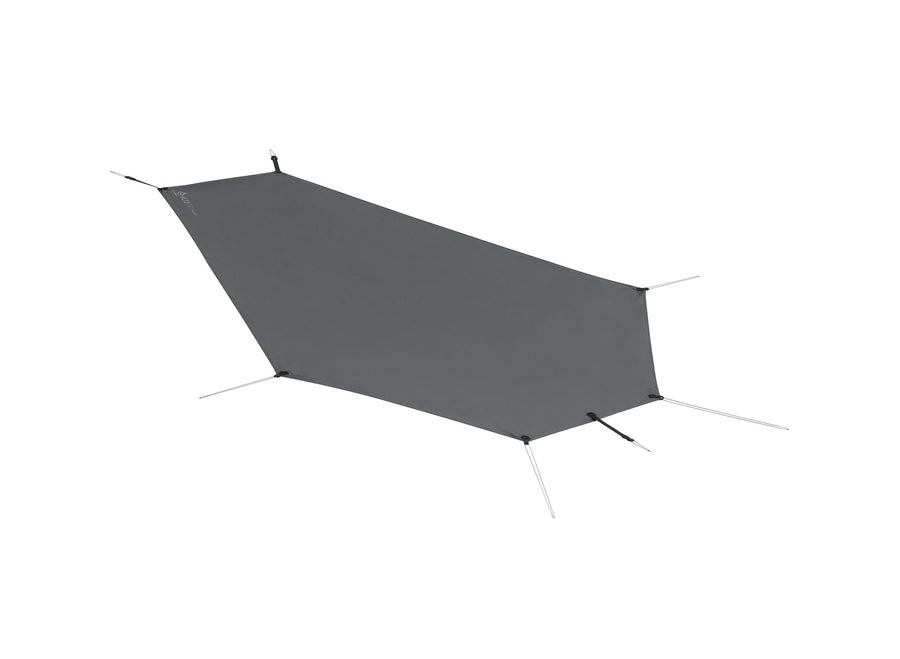Your Guide to the Ultimate First Aid Kit

Even on a day hike or short backpacking trip, anything from cuts and scrapes to burns and blisters can happen. Having a good first aid kit can help ease the discomfort, or prevent minor injuries developing into something much worse.
Injuries (and parasites) can happen anytime in the wild. Call me a pessimist, but the best way to stop a mishap from becoming a catastrophe is to make sure you’re prepared for the worst. That means you should never go on a hike without a well-stocked first aid kit.
So, what should you pack? Based on my experience as a wilderness junkie, this is what you need to bring with you on any trek.

FIRST AID KIT ESSENTIALS
No matter where or for how long you’re hiking, you won’t regret packing these must-haves:
- Adhesive bandages (or blister kit and hiker’s wool)
- Compression bandage
- 3 x butterfly bandages
- Irrigation syringe
- Gauze, non-stick pads and tape (to secure them)
- Antibacterial ointment
- Antiseptic wipes
- Ibuprofen and paracetamol
- Antidiarrheal pills
- Eye drops
- Tweezers
- Latex gloves
- Hand sanitizer
- Water treatment tablets
- SPF 50+ UVA/UVB broad-spectrum sunscreen
- Lip balm
- Bug repellent
SNAKE BITES:
If you're in snake territory, don’t forget to throw in three elasticated compression bandages—and learn how to use them.

THE comprehensive FIRST AID kit
For overnight trips and extended expeditions, you’ll need more supplies. The longer you hike, the more risk you have of hurting yourself. And that risk doubles when the sun goes down. Don’t be like my friend who slid down a ravine at 4am on the way to nature’s bathroom. Luckily, we had lots of bandages and ibuprofen!
For any hike that’s longer than a day, you’ll need everything listed above plus:
- Rolled gauze
- Additional roller bandages (lightweight cotton, crepe or elasticised crepe)
- Cleansing pads
- Blood-stopping gauze
- Liquid bandages
- Triangular bandage (for slings)
- Splints (if you don’t have one, you can always resort to a piece of wood)
- Rehydration tablets (an essential for some!)
- Broad-spectrum antibiotics
- Multitool/Swiss Army Knife/pocket knife
- Thermometer
- Blunt tipped scissors
- Sewing needle (for splinters)
- CPR mask
- Duct tape
- Pen and notebook (to write notes about vitals or progress)
- Headlamp
The most common injuries on a trek are things like blisters, deep cuts, dehydration, heat stroke, broken bones, sprained ankles, rashes and allergic reactions. If you’ve packed everything above, you’ll be able to handle most of these until you can get medical attention (if necessary).
don't forget your emergency beacon:
I was once staying across the road from Hanging Rock, one of the most popular day hikes in Victoria. When I was there, a guy slipped off a ledge and shattered his femur into about ten pieces. Unfortunately, the guy landed in a spot where nobody saw him for hours. By the time the rescue helicopter came, he’d been there all day. If he had had an emergency beacon, someone might have got to him a lot faster.
the environmental FIRST AID extras
There are also a few extra things you’ll need to consider, depending on the type of environment you’ll be hiking in.
tropical areas
If you’re doing a jungle trek in a place with malaria or other mosquito-borne diseases, make sure you have antimalaria pills and tropical-strength, DEET-based repellent. The DEET repellent should be stored separately—if the bottle leaks, it will destroy the coating used on the inside of our First Aid Dry Sacks (and most technical fabrics). Also, consider bringing a powdered antiseptic and antibiotic for treating wounds in tropical environments.
cold climates
Don’t forget a heat-reflecting emergency blanket. One of my mates runs alpine treks. Once on a cold night in late autumn, he came across a guy who’d set out overnight without a proper sleeping bag. He was already showing signs of hypothermia. It was lucky my friend had a foil blanket for him—or he probably wouldn’t have survived the night.
high altitudes
Are you going 9000ft (or more) above sea level? Make sure you’ve got some medicine to get you through any altitude sickness. Ibuprofen and paracetamol will help with the headaches. You might also want to think about bringing acetazolamide and anti-nausea pills.
HOW TO PACK AND CARRY YOUR FIRST AID GEAR
This might seem like a lot of stuff to carry on top of your tent, sleeping bag, and everything else. But keeping healthy and alive should obviously be your number one priority—so never skimp on first aid supplies. It’s better safe than sorry (or dead), don’t you think?
Of course, a big part of being prepared for anything is keeping your vital supplies safe and accessible, which is why first aid dry sacks are the smart option. The best ones are:
-
Brightly colored and clearly labelled: You never know who might need to find your first aid kit in an emergency. Choose a red dry sack with a white cross on the side. Everyone will know that they’ll be able to find medical supplies inside it.
- Accessible: Get a first aid dry sack with a clear window on the side so you can see and access whatever supplies you need at a moment’s notice.
- Waterproof: Your first-aid supplies are useless if they get soggy. Make sure your first aid dry sack is durable and 100% waterproof, with taped seams.
- Abrasion-resistant: Get a first aid dry sack made from durable nylon so your supplies don’t get damaged along the way.
WHAT SIZE FIRST AID DRY SACK TO BRING
For all your day-hiking essentials, a 1L First Aid Dry Sack should be perfect for one or two people. The squishable 70D fabric means that it will fit nicely into your daypack along with your snacks and extra water.
If you’re preparing for an overnight trek, you’ll need a few extra supplies. A 3L First Aid Dry Sack is best for you.
For treks or expeditions that go for more than a couple of days, you’ll need a 5L First Aid Dry Sack decked out with all the beacons and whistles.
We’ve all heard horror stories about people who stray off the trail, get lost, sprain their ankle, dehydrate, and then have to get helicoptered out after a few days of living off berries and creek water. If they survive, that is.
Nine times out of ten, these disasters can be avoided with a well-stocked medical kit stored in a waterproof, durable and highly-visible first aid dry sack.
In other words—don’t be one of those people who gets lost on a track with nothing but a sombrero and a pair of Vans.


